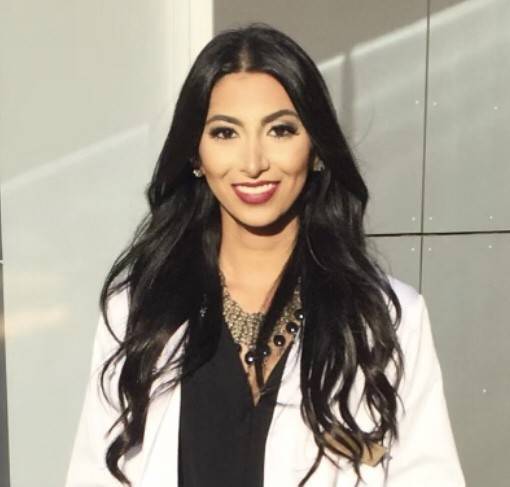Have you ever experienced dry eyes? There is a good chance you have or will at some point in your life. Dry eye is a very common issue dealt with in the eye doctor’s office. While dry eye itself is very common it causes are almost limitless. I will try to break it down here in a simple fashion and talk about some ways we can help.
Two main types of Dry Eye
In its simplest form dry eye can be broken done into two main categories: lowered tear production and decreased tear quality. The first one type is fairly self-explanatory: the fewer tears a person is producing, the dryer their eye is going to be.
The second category of tear quality takes a bit more understanding of how tears work. Your tear layer is composed of several layers all of which are crucial to how it functions. The three layers are the mucin, aqueous, and lipid layer. The mucin layer is closest to eye and helps the tear film adhere to the eye well. The middle layer is aqueous layer. This provides the bulk of the tear film and keeps the eye lubricated. The outer layer is the lipid layer and is exposed to air with eye open. Lipid means fat and this part of tears is an oily substance produced by small glands in the eyelids. I often explain this to patients as an oil slick sitting on top of the lake that most people have seen before. This is very important for the tears to work properly. The outer oil layer keeps the underlying aqueous layer from evaporating too quickly and leaving the eye exposed to air. This is how a poor quality tear film can cause dry eye.
Dry Eye Treatment options
Different forms of dry eye call for different approaches to treating it. With the help of a microscope eye doctors can view your tears and judge both the amount and quality of your tears. They can also view the damage that is being caused to the front surface of your eye by not having proper lubrication. Understanding what exactly causes your dry eye can help guide treatment. Various eye drops are made to help address particular issues whether it is not enough tears produced or a poor quality oil layer allowing for quick evaporation. For patients with moderate to severe dry eye prescription medications are often needed to provide relief. It is also common to permanently block a patients tear ducts to keep the tears they are making on the eye longer. Dry eye can be a very frustrating condition. In addition to the discomfort and sometimes pain it produces it can also greatly limit how well a person sees. You have to remember that the first thing a light ray encounters when coming into your eye is your tear film. A poor tear film will result in poor vision. Many people live with dry eyes assuming nothing can be done about it. The eye doctors at OPMT think this couldn’t be further from the truth. If dry eyes are bothering you let one of our Nashville or Hendersonville eye doctors take a look and get you feeling and seeing better!
